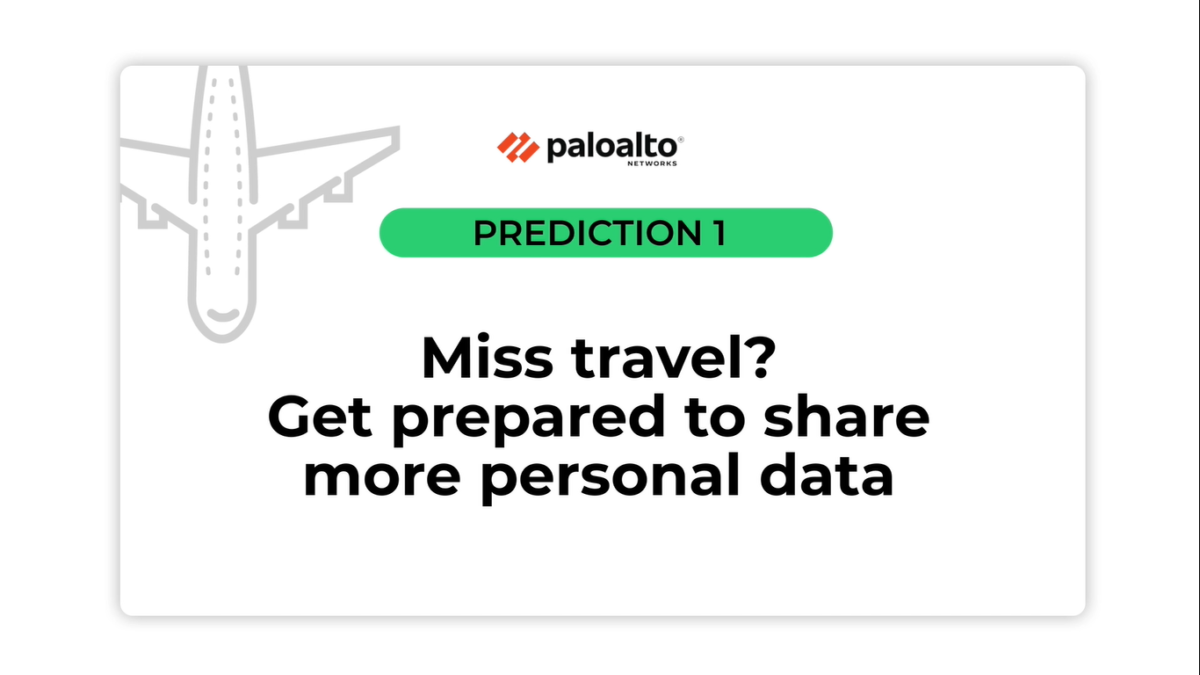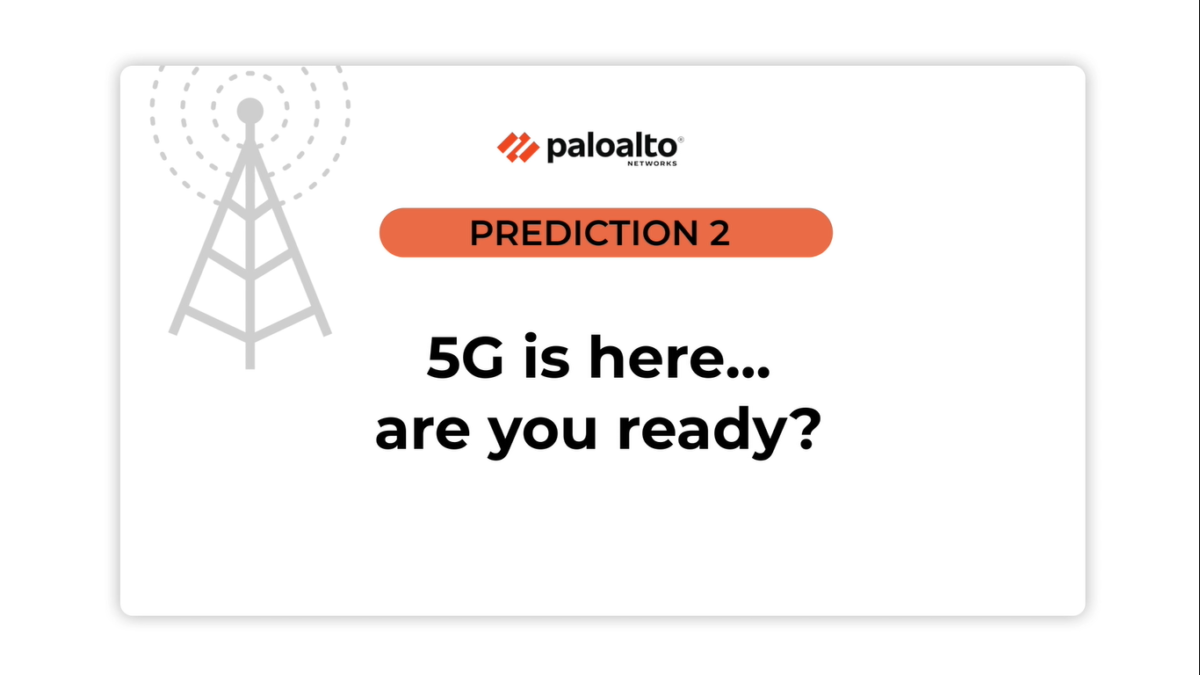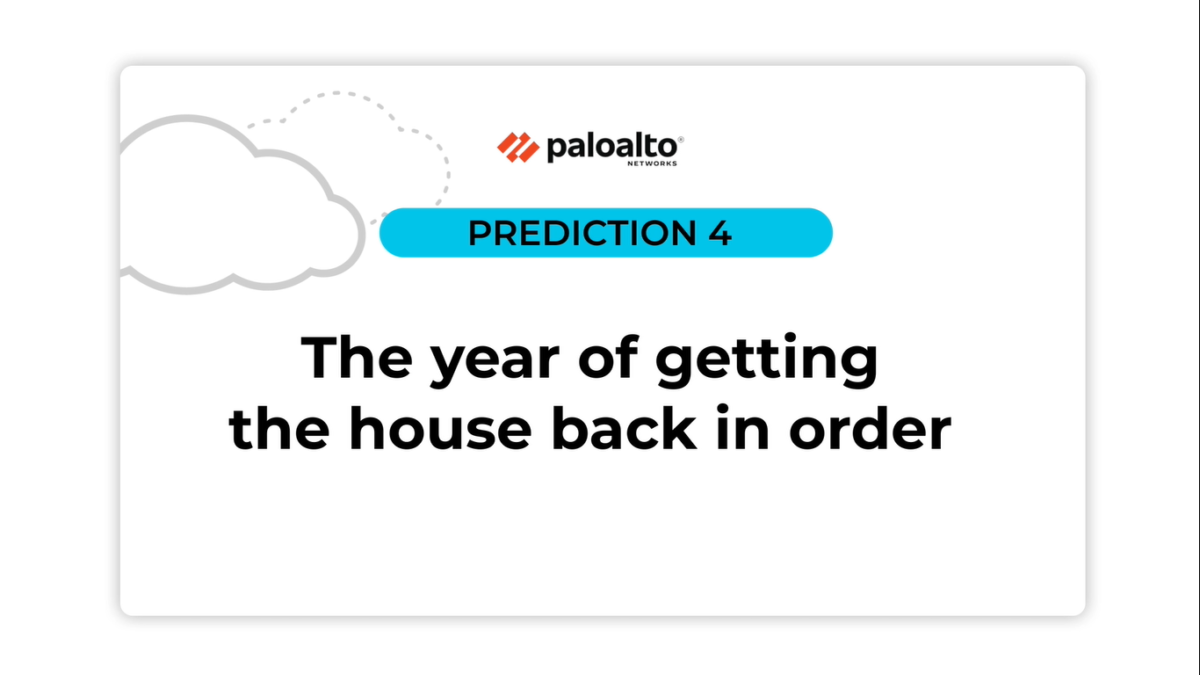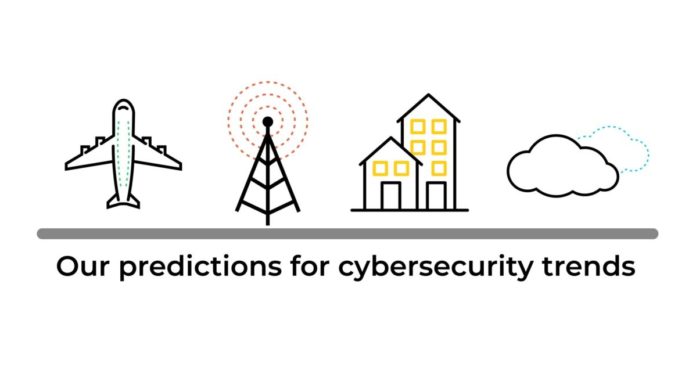Palo Alto Networks, global cybersecurity leader, announces four major cybersecurity predictions which businesses should take into consideration to sustain their momentum to digitally transform this coming 2021.
Cybersecurity has been the top prerogative for boardroom leaders as companies across industries were forced to digitally transform in 2020. With multiple cyberattack reports uncovered throughout the year, it is no doubt that these attacks, due to the impact of accelerated progression to digitalization, will continue to advance and leave many companies vulnerable. It is pivotal for businesses to identify the countermeasures they must take to navigate the new normal in the longer term.
Here are the top cybersecurity predictions to look forward to in 2021:

Prediction 1: Miss travel? Get prepared to share more personal data
Travel bubbles and green lanes will amplify the data privacy debate
Despite the data privacy conversation circulating for several years — with wariness around the use of data by some big tech companies and general data protection regulation compliance continuing to be a challenge for companies — it is contact tracing that has really made individuals sit up and take notice of data privacy.
Rigorous contact tracing and timely access to accurate and complete data has proven to be a key factor in helping to “flatten the curve” in many East Asian countries that were quick to turn to such digital tools. Aside from public sector initiatives led by health authorities, private sector initiatives are also being rolled out to support such efforts, with the most notable being the Apple–Google Exposure Notification system, which some countries have even started to utilise.
More countries are establishing travel bubbles and reciprocal green lanes in a bid to revive the travel and hospitality sector. In order for such arrangements to be efficient and safe for all travelers, however, personal data will need to be shared across borders with the right security controls and accompanied by transparent communication about how such data will be handled and stored.
With this critical need to move data between government agencies and enterprises such as airlines, airports, and hotels, the debate around how data is stored, accessed, and used will only increase in 2021, particularly as individuals are now far more conscious of their personal data being shared.

Prediction 2: The wait for 5G is over — for those who are ready
The private sector takes over from the public as the latter leads the fight against COVID-19
While 5G networks may have been introduced in a few markets already, the availability of the iPhone 12 will see the mass adoption of 5G-enabled devices for the first time. This will undoubtedly encourage the acceleration of 5G network rollouts as telcos seek to deploy new services for consumers and governments tap digital opportunities for economic recovery in 2021. However, it will still be a while before we experience the reduced latency and exponential growth in speed that has been promised.
This is something that more enterprises will have to pay attention to in 2021. The sheer number of nodes that need to be installed makes the deployment of such networks that much more challenging, dramatically increasing the potential surface area for cyberattacks. Private sector infrastructure owners cannot afford to deploy the same approaches to designing and rolling out 5G networks, less they fall victim to the same types of attacks as they did in 3G and 4G.

Prediction 3: Working from home gets smarter and safer
Security will get pushed to the edge and simplified
If 2020 has taught enterprises anything, it’s that remote working on a company-wide scale is possible. With people at the centre of everything, 2021 now offers an opportunity for businesses to chart a new way forward and ask how they can deliver work to their people.
With the increased adoption of cloud tools, we could see a reduction in the need for pricier devices with more computing power as virtualized desktops become an increasingly popular solution.
Businesses could instead provide employees with simpler, connected devices that enable employees to access the programmes and resources they need online, delivering the work to them directly — and in turn, protecting the company’s crown jewels.
This radical redesign of the way employees connect does away with the cybersecurity complications associated with BYOD — or, as it has become the norm, bring your own computer (BYOC) policies — while enforcing the segmentation of networks more efficiently and effectively.
Security will then need to be delivered via the edge, which will see solutions such as secure access service edge (SASE) being the new cybersecurity norm, thanks to its flexibility, simplicity, and the visibility it offers.

Prediction 4: The year of getting the house back in order
Blue-sky thinking will go out the window as IT teams go back to basics
While network security controls remain an important component of cloud security, an additional layer of identity and access management (IAM) governance is now needed as organizations continue to scale their cloud presence.
This year, Palo Alto Networks Unit 42 researchers observed that a single IAM misconfiguration could allow attackers to compromise an entire, massively scaled cloud environment and bypass just about every security control.
With the pandemic steering IT teams away from blue-sky thinking towards more nuts and bolts issues, 2021 will see more businesses shifting their IT focus inward to look at getting the fundamentals right and refocusing on things that are truly important, even finding ways to do the same thing for less.
Doing so will likely see existing cybersecurity teams and roles being redesigned to align with an overall emphasis on getting the house in order and building a more resilient cloud environment.
Security now needs to work at the speed of the cloud, and any organization that is slow to recognize this in 2021 will only see vulnerabilities multiply exponentially.
